It’s not fully open yet, but we count “first bluebonnet” from the first “bonnets” being open, so this counts. You can see one not as far along in the background.
In another shot, you can see that it’s already the target for hungry insects. Here there’s one tiny fly nose-down in a flower (seen from above) and one on the left zooming in.
For some reason, the first yellow evening primroses stayed open today in brilliant sun–it was about 1:30 this afternoon that I photographed them:
Many of the flowers, including the bluebonnets, aren’t fully open yet. This Drummond wild onion still has slightly folded petals:
The verbena’s also just starting to open its flowers…soon this will be a ball of pinkish purple:
But the delicate little white mustard-family flower–I think this is Capsella bursa-pastoris–is already dropping some flowers to set seed.
Finally, on the north fenceline, the clump of Mexican plums is in full bloom and you can hear the bees in it from yards and yards away:
(And I haven’t forgotten the insect lovers: Here’s the first green lacewing of the year, hiding out between tiny leaves just bursting from a cedar elm bud.)
Notice that the bronzy-red eyes of the lacewing almost match the bronzy-red of the bud casing the leaves came from.
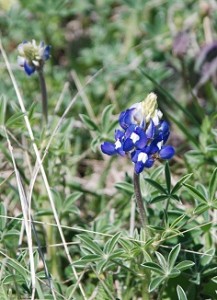
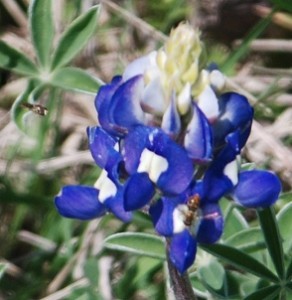
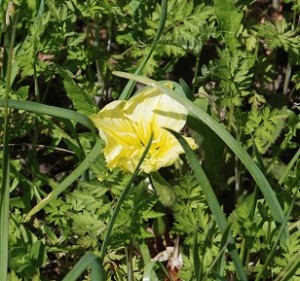
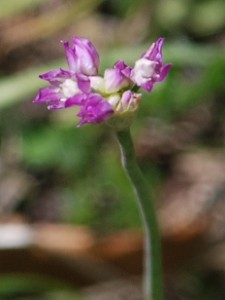
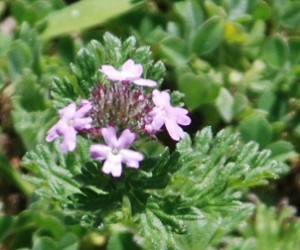
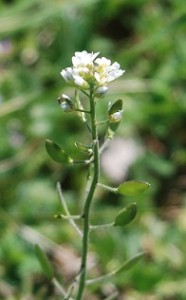
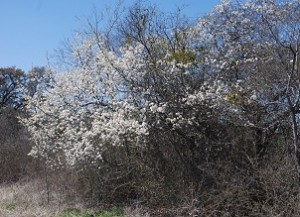
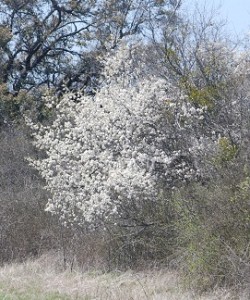
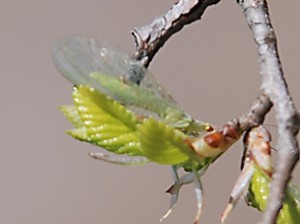
Comment by cdozo — March 18, 2010 @ 8:57 pm
Hooray bluebonnets! Hooray wildflowers!
That’s cool about the lacewing’s eyes. It’s interesting that you are just getting lacewings now, there have been lacewings here at my rent house off and on for a couple of months. Probably because the city is so much warmer.
Comment by elizabeth — March 18, 2010 @ 11:15 pm
There may’ve been earlier lacewings, but I didn’t see them. All the Neuroptera have weird eyes, some weirder than others, like the double-eye effect (very strange in something that already has compound eyes!) in some of the owlflies.
Comment by Jeff — March 19, 2010 @ 8:30 am
Do the Mexican plums ever have a greenish tint to their blooms? We have several trees in and around the Katy area that I’d always sworn were dogwoods that look exactly like the plum trees you’ve posted above, but the blooms appear to be pale green in color.
Comment by elizabeth — March 19, 2010 @ 11:28 am
Jeff: that close to Houston, you probably have Flatland Plums instead. Mexican plums gradually turn dusty-pink, as the stamens–originally white–turn pink when they age. Thicketing plums don’t have that change (one easy way to tell thicketing from baby Mexican plums.) The scent of wild plums is distinctive, not anything like dogwoods. Oh–if there are remnant pear trees left from someone’s farm way back, those definitely look greenish-white–and can be covered with flowers so they’re like a big nosegay of greenish-white. Again, smell’s the key. Pear blossoms don’t have the plum blossom scent, and the flowers are a little bigger than plum blossoms.
Comment by Martin LaBar — March 19, 2010 @ 6:18 pm
Some lovely flowers. Isn’t Spring grand! I’m glad that God allowed it (and the other seasons) to be so beautiful.